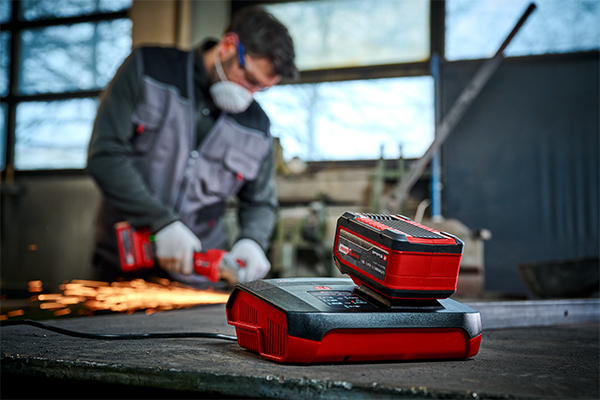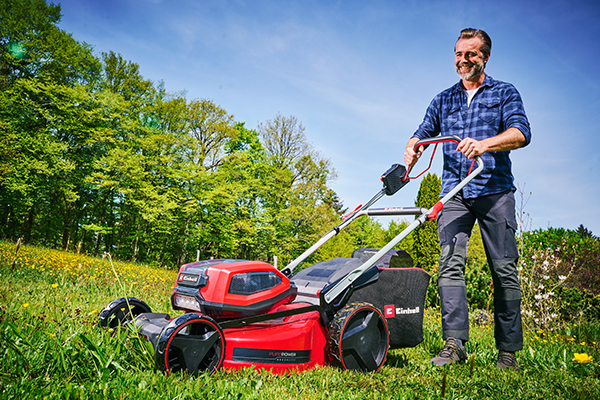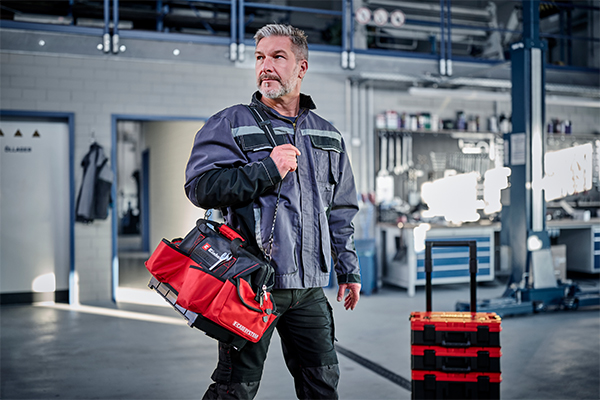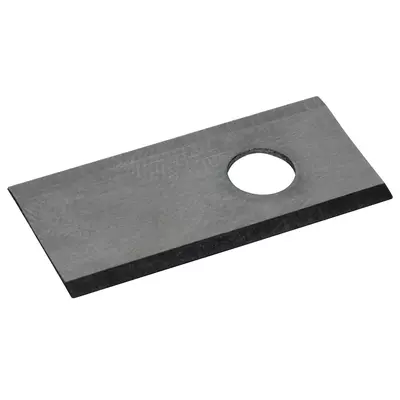Explanation of the keypad symbols

Quality of the Wifi connection
Ensure a high quality of the Wifi connection by selecting a suitable position of the charging station or by connecting the Wifi amplifier/repeater to improve the signal coverage in your garden.

No Wifi connection
Wifi connection failed - Check the status on the device/router and reset the connection if necessary. In case of permanent error, please contact service department.

Flashing
No connection to the server
Flashing
Check the status of the Wifi connection. Repeat the pairing or turn the device off and on again. In case of permanent error, please contact service department.

Guide wire detected
The robotic lawnmower is inside or near the guide wire and has detected it.

Flashing
Guide wire not detected
The robotic lawnmower is currently not receiving any signal from the guide wire. Check the connection of the cable at the station if the robotic lawnmower cannot follow the guide wire when visiting the station. Attention - during charging, the guide wire signal is deactivated.

Clear border
During the initialization drive, the boundary of the mowing area was clearly recognized. As soon as the initialization drive is completed, the symbol disappears.

Flashing
Unclear border
During the initialization drive, the boundary of the mowing area was not clearly recognized. Check the boundary and correct it accordingly. As soon as the initialization drive is completed, the symbol disappears.

Rain sensor active - not triggered
The sensor is active, but has not triggered at the moment. If the device operates despite rain, the sensor must be checked for contamination and cleaned if necessary.

Rain sensor active - triggered
The sensor is active and has triggered. If the robotic lawnmower is still in an active mowing window after it has subsided, it will start again.

Camera error
Check the robotic lawnmower's camera unit and restart the device. Make sure that the robotic lawnmower does not overheat and adjust the working hours if necessary. If the error cannot be resolved, please contact the service department.

Display locked
If necessary, unlock the display by entering the PIN code. If the display can no longer be unlocked, read out the operating instructions of the PUK and contact the service department.

Manual mode active
The manualmode is active on the robotic lawnmower and it drives according to the commands made.

Schedule mode active
The schedule mode is active on the robotic lawnmower and it drives according to the set mowing times. Please note the influence of twilight on the work window and adjust it accordingly.

Smart mode active
The smart mode is active on the robotic lawnmower and it drives according to the calculated parameters and the influence of the weather data. If necessary, adjust the intensity via the app.

Back to station
The robotic lawnmower is on its way back to the charging station. Manual return will suspend the work window on the same day.

No position signal received
The robotic lawnmower does not receive a positioning signal. Make sure that the device has a clear view of the sky and is not disturbed to the canopies. Restart the device and contact the service department if the error persists.

Strong position signal
Positioning is complete and the robotic lawnmower receives clear position data.

Turning
Position will be calibrated
The robotic lawnmower is just recording its position. This process is completed within a few minutes. Wait for positioning to complete before sending the device out of the station.

Flashing
Weak position signal
The position of the robotic lawnmower cannot be clearly adjusted. If necessary, adjust the position of the charging station or remove possible interference.

Charging active
The device is currently charging.

Charging inactive
The device is in use or the charging process is complete.
Do you have questions to the robotic lawn mower Freelexo CAM PLUS?
We give you feedback to the FAQs
Grass boundaries:
- Grass boundary boundaries: The camera unit detects the grass boundary by colours; the recommended colour boundary between two green sections is at least 30 cm.
- Distance to the grass border with water: The robotic mower reliably detects the grass border, the recommended colour difference to water is about 50 cm.
- Grass border with raised edge over 25 cm: Distance sensors detect obstacles over 25 cm; the robotic mower stops about 20 cm in front of the obstacle and continues the mowing process.
- Grass border with raised edge over 10 cm: Collision sensors allow the robotic mower to collide with obstacles under 25 cm. A stable border of at least 10 cm height protects the grass border.
Obstacles:
- Obstacles with a height of more than 25 cm: Fixed obstacles with a height of more than 25 cm are detected by the distance sensors; the robotic mower stops and continues the mowing process, with an unmowed area of about 20 cm.
- Obstacles less than 25 cm high: Obstacles less than 25 cm may cause collisions; the robotic mower stops, changes direction, with an unmowed area of approx. 20 cm.
- Low obstacles under 10 cm: protection (e. g. magnetic band) is required to prevent damage to the robotic mower and the obstacle.
- With the included magnetic band, which is also available as an accessory in 10 and 20 m lengths, insufficient or difficult to identify lawn edges can be delimited in order to optimally limit the mowing area in the garden.
- You can also limit the areas structurally by, for example, laying a stone edge or using flowerpots as a boundary.
- The robotic lawnmower starts with an initialisation run (for both the main and secondary areas) when it is first put into operation, during which the quality of the lawn boundary is determined.
- He determines a reference value for 200 limit points in the garden (possibly a further 200 points in the case of poor limits) before starting the mowing operation. Depending on the garden shape and lawn area, this can take about 1 hour.
- If the robotic mower should visit the charging station during the initialization run, e. g. due to low battery; or is sent back, the robotic mower will continue the initialization at the next start.
- When finished, the robotic mower starts the mower and starts working the lawn area.
- The robotic mower must not be more than 1000 m away from the charging station; otherwise, an error message will appear on the display, and the robotic mower cannot operate in the main area mode.
- The distance to the charging station is not relevant for operation in the secondary area mode.
The robotic lawnmower starts with an initialisation drive when it is first put into operation, during which the quality of the lawn boundary is determined. Here, he determines a reference value for 200 boundary points in the garden (possibly another 200 points in the case of poor limits) before he starts mowing. Depending on the shape of the garden and lawn, this can take about 1 hour. If the robotic lawnmower visits the charging station during the initialization drive (low battery) or is returned, the robotic lawnmower continues the initialization at the next start. When completed, the robotic lawnmower starts the mower deck and begins working on the lawn.
When the device is first commissioned, the daily work windows can be set accordingly under "Schedules". Attention! ( The time window can be influenced by sunrise / sunset - the robotic lawnmower does not start before sunrise and drives itself into the station at sunset.)
First check the battery level / restart the robotic lawnmower - if the battery level is low / start the robotic lawnmower with the mower set switched off, see (The robotic lawnmower does not find its way into the station). Observe the robotic lawnmower's behaviour at the place found - if necessary, remove obstacles that affect the robotic lawnmower's handling. If the robotic lawnmower turns frequently and stops again and again, the first step is to check the ultrasonic sensors/camera unit for contamination. Another cause could be poor lawn quality at this point - the area may have to be excluded.
The reason for this may be the position of the charging station. Due to shields / trees / buildings in the immediate vicinity of the charging station, the robotic lawnmower receives only a weak positioning signal and thus has problems finding the station. The GNSS symbol flashes continuously here when the robotic lawnmower is in the station. The wire loop should be designed in such a way that the robotic lawnmower can easily approach the loop from all areas of the garden. Shape / size / position in the garden must be adjusted if necessary. There should be no obstacles in the immediate vicinity of the wire loop that could prevent starting. In this case, the customer should delete the existing mapping and restart the mower from the station. The GNSS symbol should appear permanently after some time, only then should the mower be started, as its positioning is now complete.
The robotic lawnmower no longer receives a camera signal. Remove the cover of the camera unit (fixed by 2 Phillips screws) and check whether a cable on the camera unit has come loose) The robotic lawnmower should drive normally again after restarting.
Yellow/brown lawns in the mowing area can sometimes cause the robotic lawnmower to stop, as it does not recognize them as lawn. The camera unit checks the lawn again and then decides whether the direction can be maintained or should be turned. A similar influence can occur in autumn through foliage. This must be removed from the mowing area for a smooth driving behavior and consequently a good mowing result.
The ultrasonic sensors can be used to detect obstacles in the mowing area and avoid them without collision. The camera unit recognizes different surfaces and categorizes them as mowing areas or boundaries. In both cases, an unmowed mowing edge of about 20cm remains, which must be removed manually.
Check the ultrasonic sensors/camera unit for contaminants. If necessary, use the magnetic tape to additionally demarcate obstacles/the mowing area.
- The battery voltage is too low.
- Bring the robotic mower back to the charging station for charging.
- Turn on the main switch.
- Contact customer service.
- Remove possible obstacles on the guide wire.
- When laying the guide wire, ensure a sufficient distance from obstacles.
- Use a battery with higher capacity.
- Caution: When using a multi-Ah battery (e.g., 4-6 Ah), set the higher capacity.
- Due to the gentle charging and discharging of the robotic mower, using the lower capacity to extend the lifespan is not necessary.
- The robot may be overheated.
- After cooling down, the robot will automatically resume its work.
- During the summer months, mowing times should be adjusted to the hot times of the day.
- Early morning hours are recommended here.
- Check the LED display on the charging station to see if the battery can be charged when the mower is in the station.
- A too low charged battery triggers a return to the station.
- Check the operating time settings of the robotic mower.
- Incorrect installation of the charging station.
- Ensure that the LED display on the charging station is green.
- Ensure that the ends of the guide wire are connected to the charging station and the front wire is positioned in the groove under the station and through the two holes.
- Ensure that the charging station is correctly positioned.
Uncertain Boundary vs. Clear Boundary
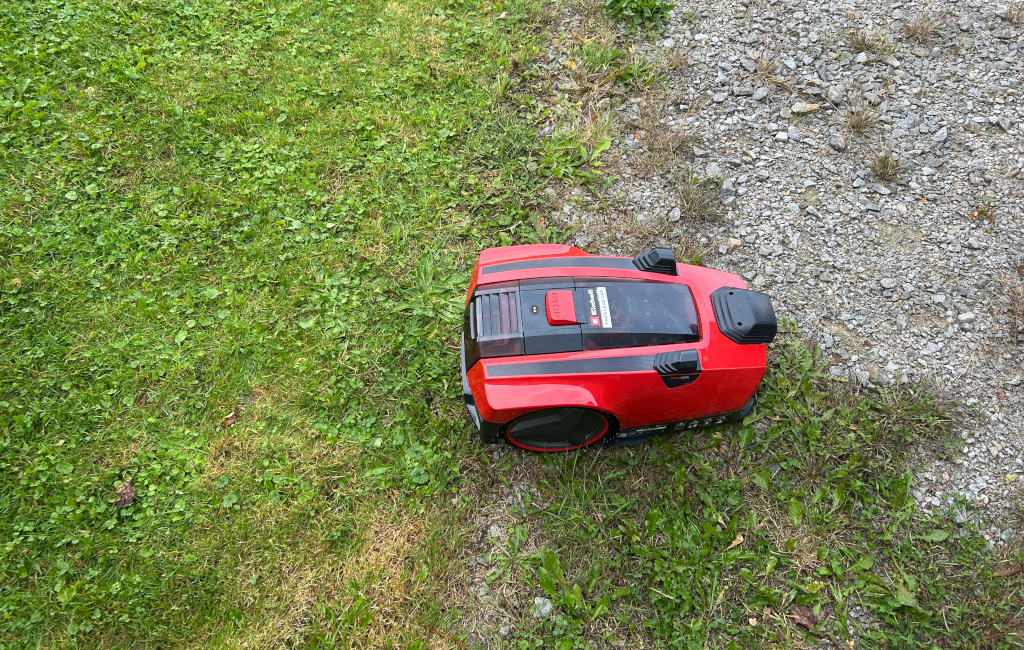
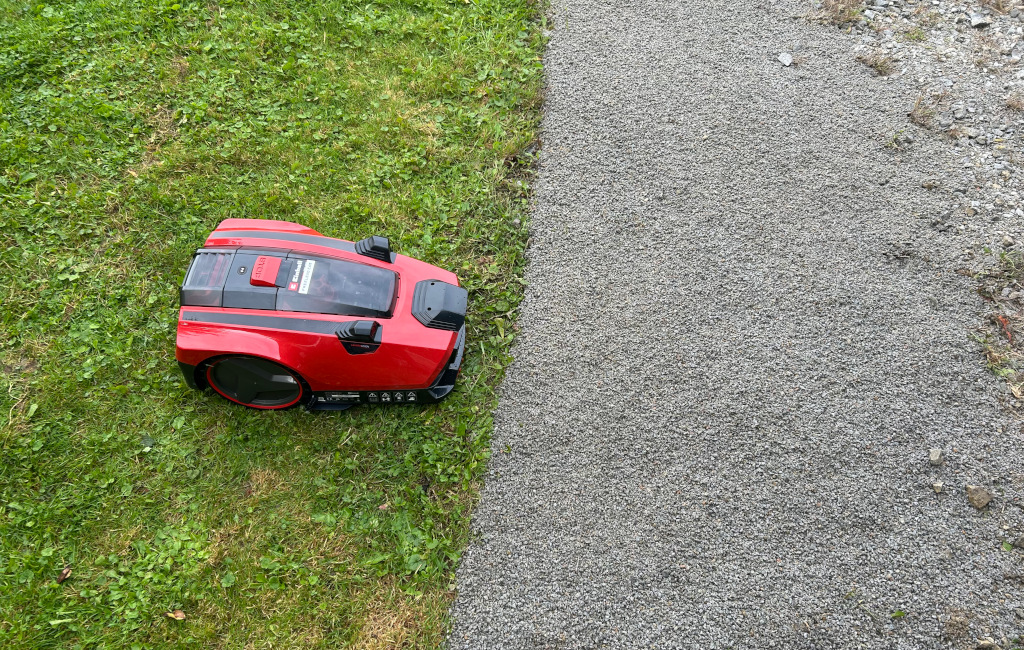
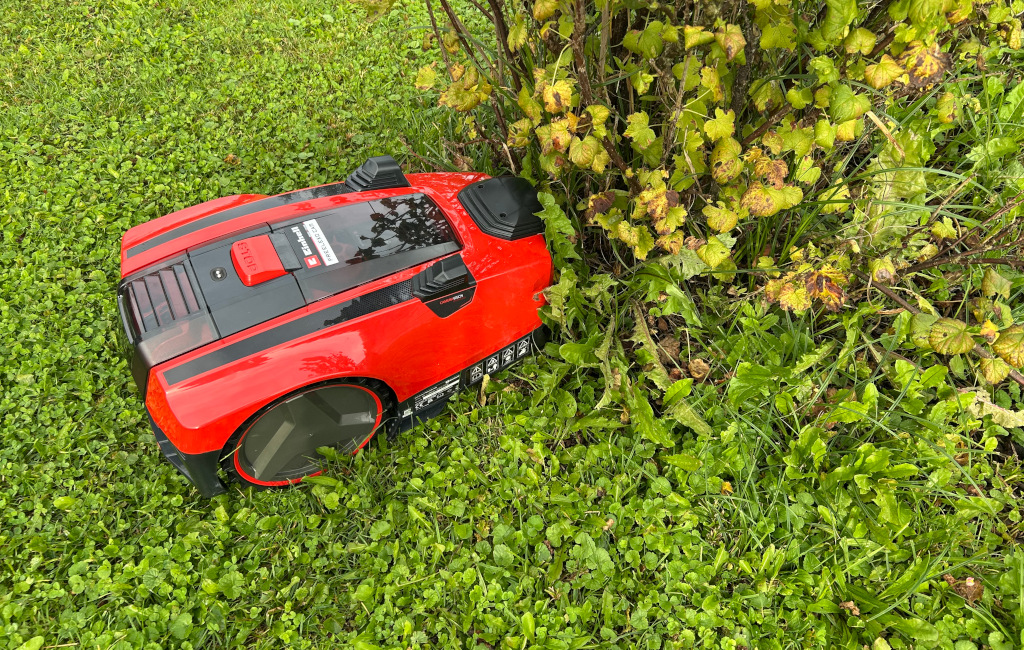
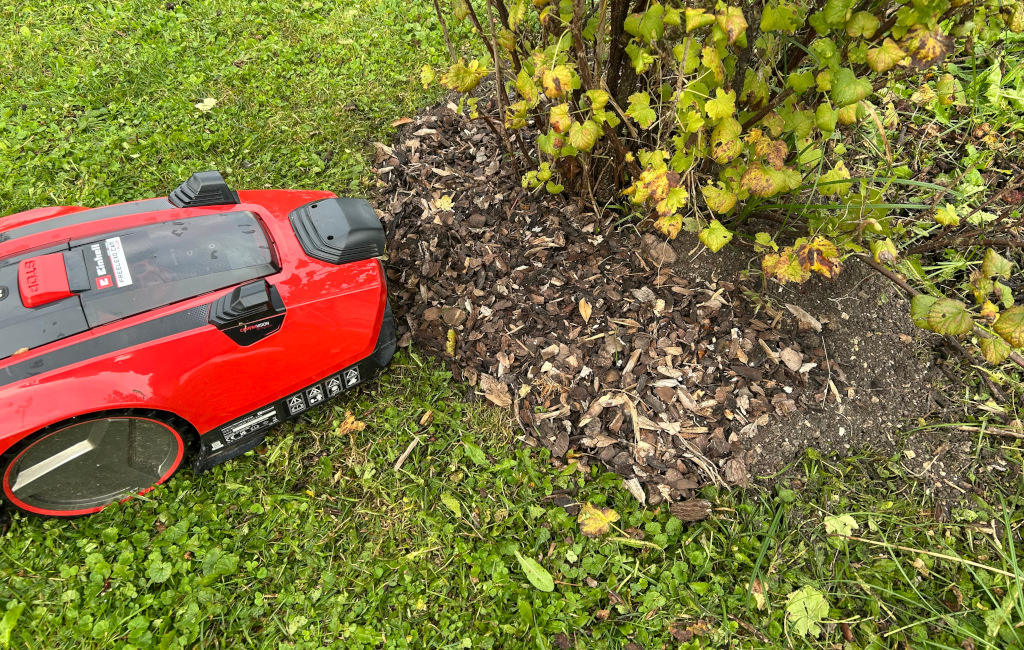
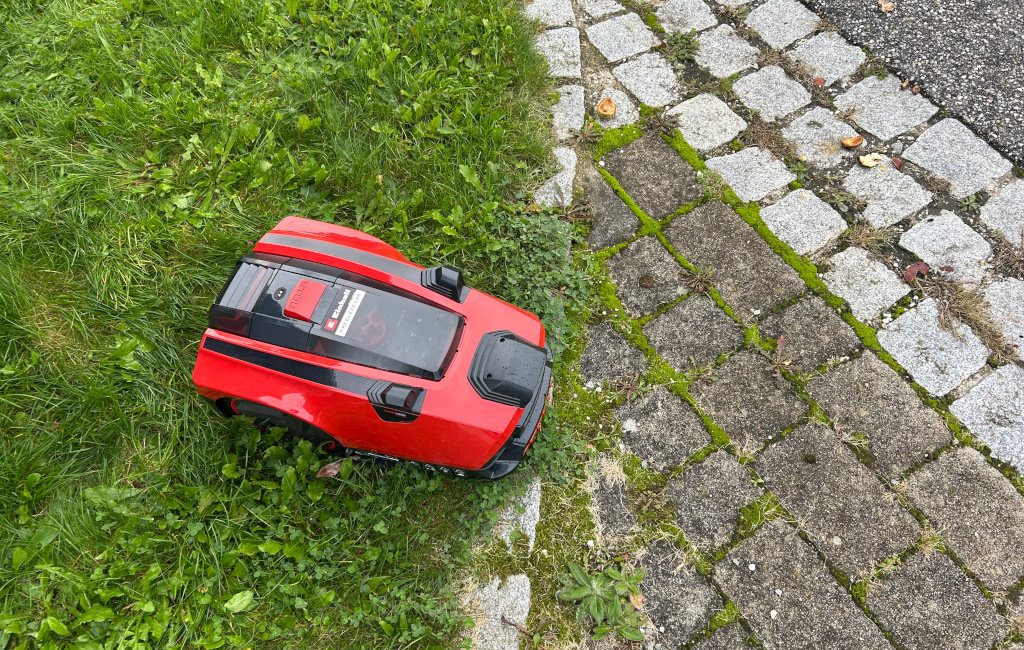
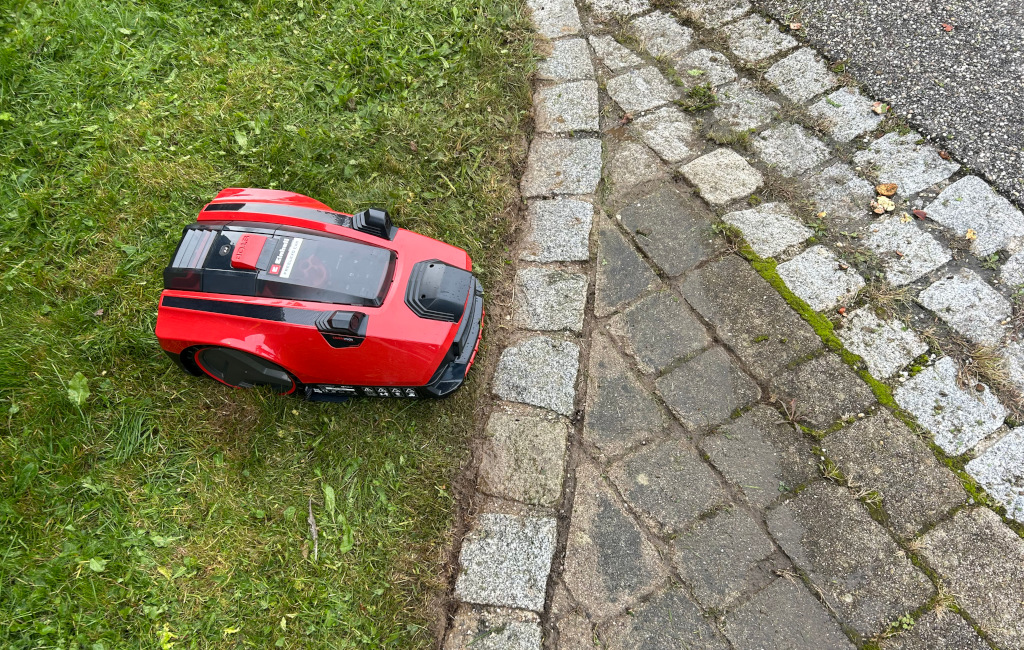
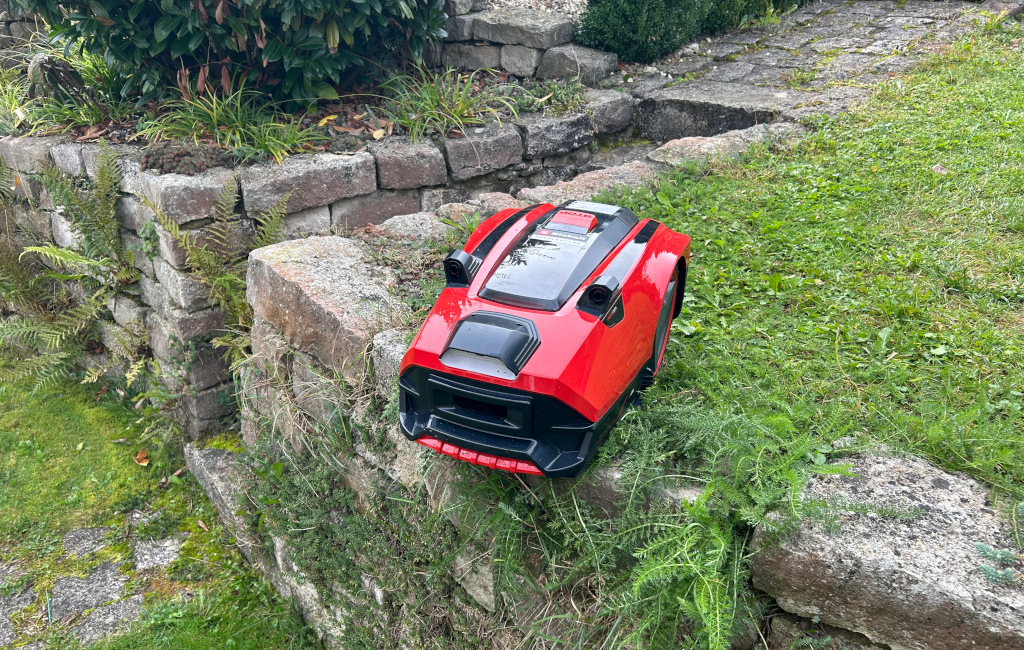
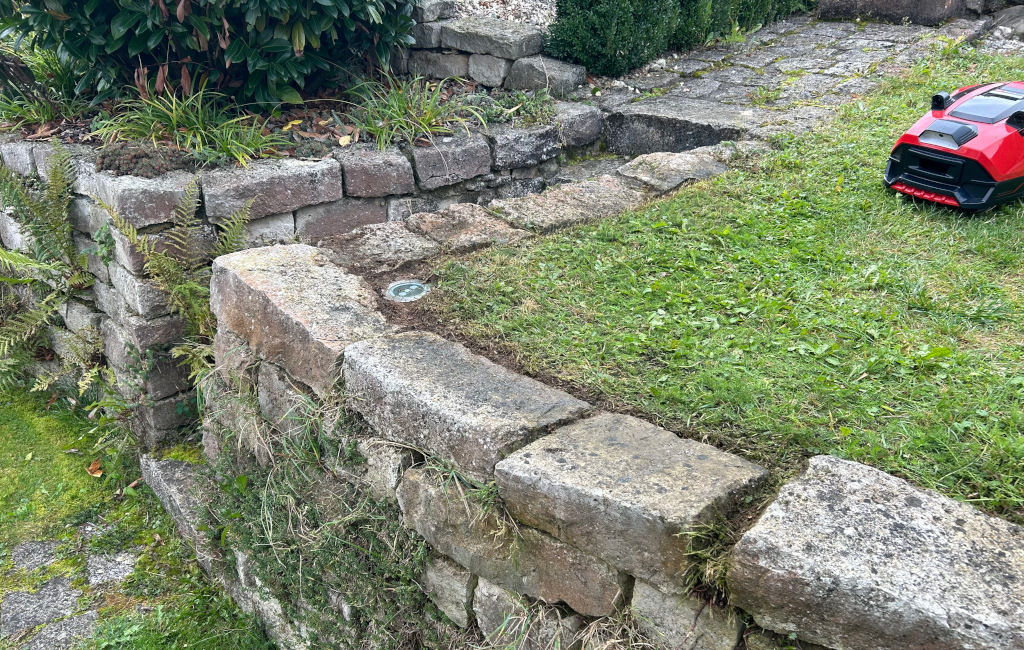
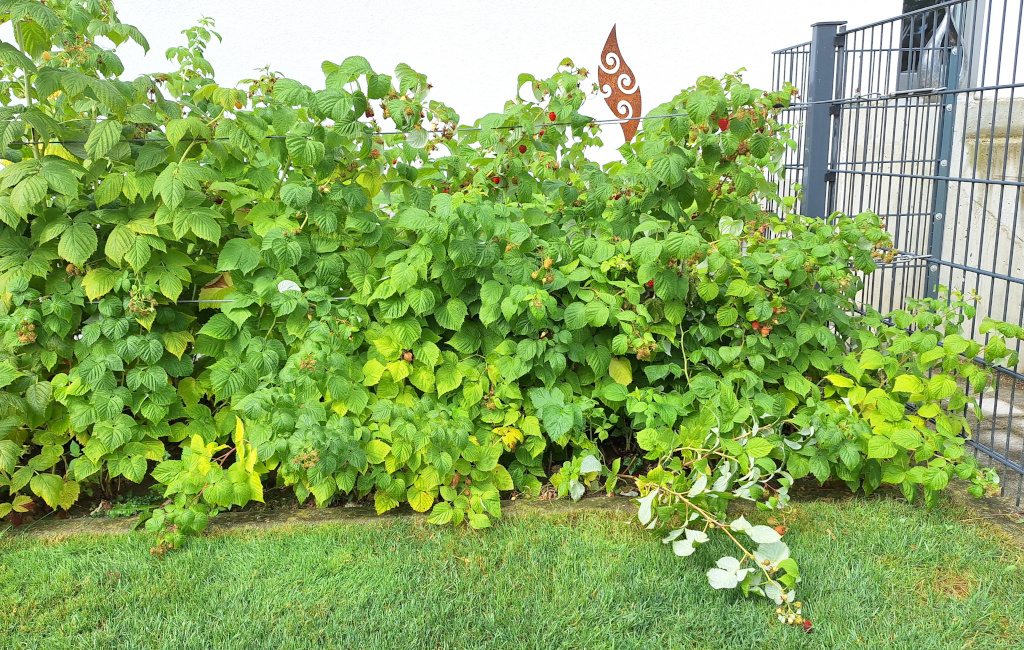
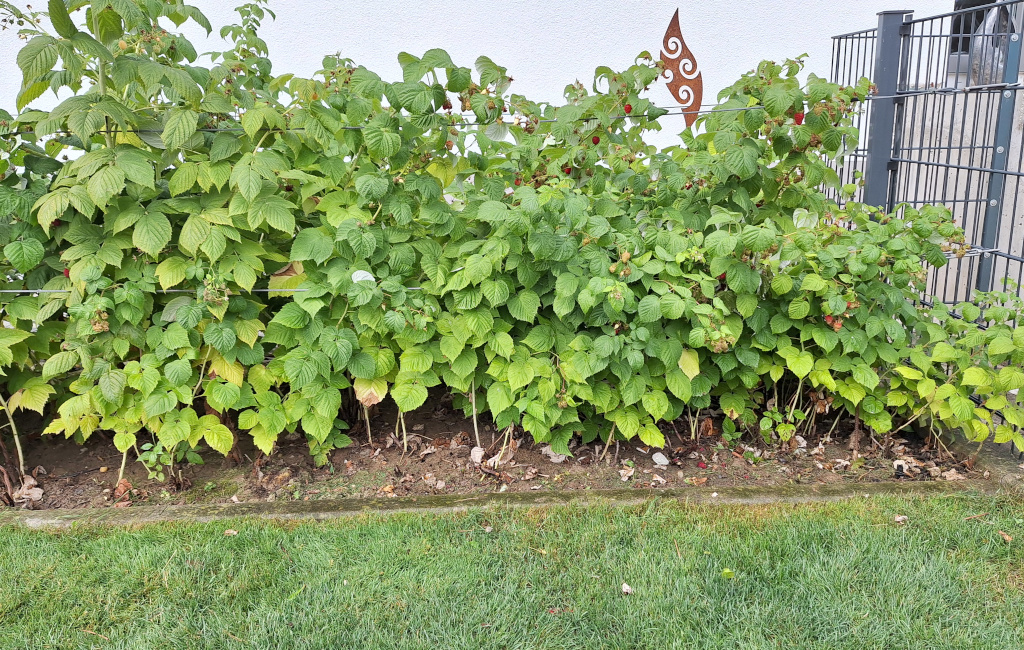
Videos

Installation Video
EN



